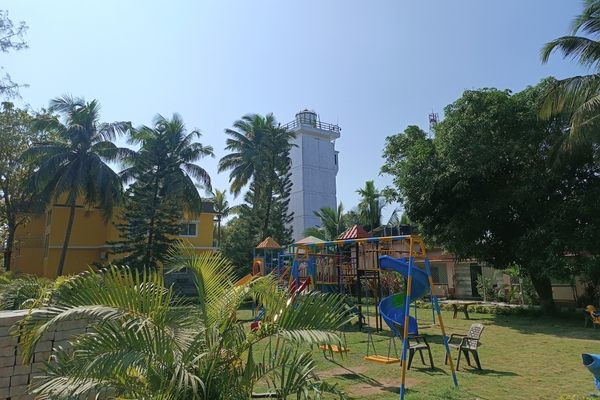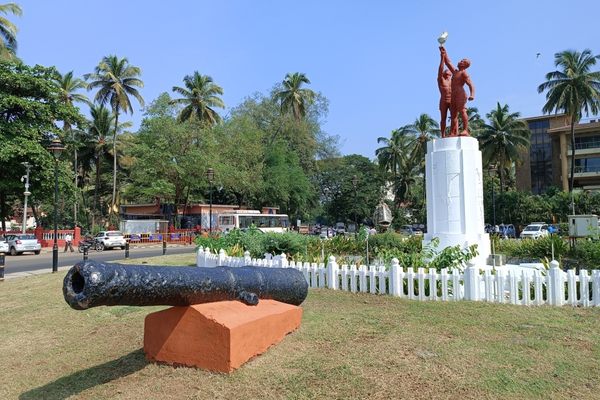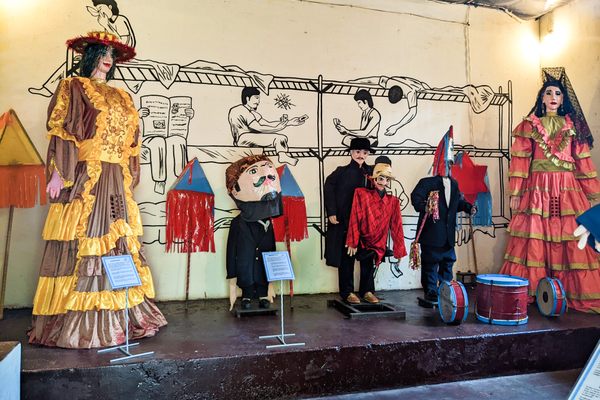Fort Aguada Jail Museum
A former prison within a seaside fort has now been turned into an interactive museum.
Hordes of tourists flock to Fort Aguada, a 17th-century seaside defense structure in Goa.
The fort has two levels, Upper Aguada Fort and Lower Aguada Fort. It was built in 1612 by the Portuguese for defense, particularly to restrict the entry of enemy ships. Within the fort premises was a freshwater spring, hence the name Aguada (Agua is water in Portuguese).
Water was stored in a huge tank in the Upper Fort and brought down to the Lower Fort, where it was supplied in wooden casks to passing ships, which stopped to replenish their freshwater stores.
In the 1930s, the southern part of Lower Aguada Fort was turned into a prison. Many freedom fighters during the Goa liberation movement were imprisoned here. The place continued to serve as a prison till 2015.
Today the jail complex has been turned into an interactive museum that highlights the history of Goa, from the Portuguese Era through Goa’s freedom struggle in the 20th century, and into modern times. The complex has maintained some interesting architectural curiosities from the old days such as a bell tower, a bartizan, etc. Within the complex, a temple and a chapel share a common wall. There is an inscription on a step that says “GTS” followed by a Zero, which stand for the Great Trigonometric Survey and the starting point of the land survey respectively.
The premises look out towards the sea and the mouth of the river Mandovi. On the other side of the river is Goa’s capital, Panaji.
Know Before You Go
Fort Aguada Jail Museum is approximately 16 kilometres from Panaji. It is located at the southern tip of the landmass which constitutes the entire area of Fort Aguada.
Plan Your Trip
The Atlas Obscura Podcast is Back!

























Follow us on Twitter to get the latest on the world's hidden wonders.
Like us on Facebook to get the latest on the world's hidden wonders.
Follow us on Twitter Like us on Facebook